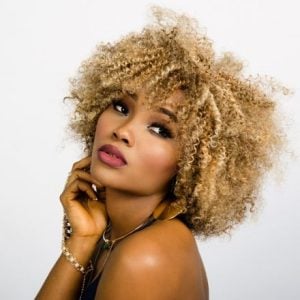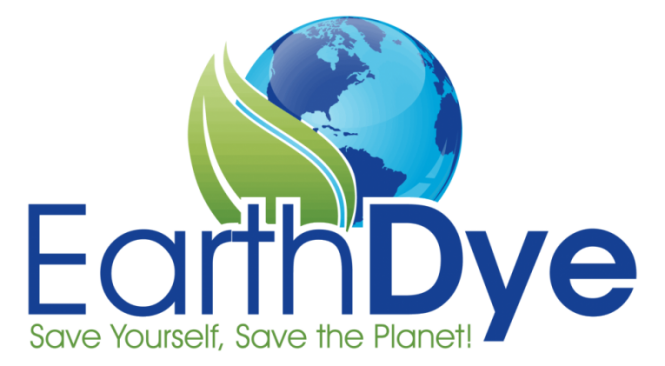- 0

The Perils of Perms: Understanding the Damage to Your Hair
Introduction:
The quest for luscious, long-lasting curls has driven many individuals to embrace the allure of perms, a chemical hair treatment that alters the natural structure of the hair to create curls or waves. While perms offer a convenient way to achieve a desired hairstyle, they come with potential risks and damage to the hair. This essay explores the various aspects of how perms can be damaging to your hair, shedding light on the chemistry behind the process, the potential consequences on hair health, and preventive measures for minimizing damage.
1. The Chemistry of Perming:
Perming involves the application of chemicals, primarily ammonium thioglycolate or “thio,” which break down the disulfide bonds in the hair’s keratin proteins. These disulfide bonds are responsible for the hair’s natural shape and strength. The hair is then wrapped around rods, and a neutralizer (usually hydrogen peroxide) is applied to reform the broken bonds in the new curled shape. The chemical process weakens the hair’s structure, making it more susceptible to damage.
2. Hair Damage and Porosity:
One of the primary consequences of perming is increased hair porosity. Porous hair has an altered ability to absorb and retain moisture, leading to dryness, brittleness, and a rough texture. The weakened disulfide bonds also result in reduced elasticity, making the hair more prone to breakage.
3. Moisture Imbalance and Frizz:
Perm-treated hair has difficulty retaining moisture due to its increased porosity. This leads to an imbalance in the hair’s moisture content, causing it to become dry, brittle, and susceptible to frizz. The loss of natural oils and moisture leads to a lack of shine and vitality in the hair.
4. Chemical Overprocessing:
Improper application or overprocessing of the perm chemicals can lead to severe hair damage. If the chemicals are left on for too long or used incorrectly, they can cause excessive breakage and even hair loss. Additionally, using high-strength chemicals on previously treated or damaged hair can compound the damage.
5. Scalp Irritation and Allergic Reactions:
The chemicals used in perms can irritate the scalp, leading to redness, itching, and even inflammation. Some individuals may also experience allergic reactions to the perm chemicals, resulting in severe discomfort and requiring medical attention.
6. Split Ends and Breakage:
Perm-treated hair is more prone to split ends and breakage due to the weakened structure. The rough texture and lack of moisture exacerbate this problem, making regular trims essential to maintain hair health.
7. Loss of Natural Curl Pattern:
For individuals with natural curls, repeated perming can lead to a loss of the hair’s original curl pattern. Over time, repeated chemical processing alters the hair’s texture and elasticity, resulting in curls that are less defined and harder to manage.
8. Long-term Effects:
The cumulative damage from repeated perms can be severe, leading to permanent hair loss in some cases. When the hair is repeatedly subjected to harsh chemicals and mechanical stress from curling rods, the hair follicles can become damaged, leading to thinning and even bald spots.
Preventive Measures and Hair Care Tips:
While perms have the potential to damage hair, there are steps individuals can take to minimize the negative effects:
1. Consult a Professional Stylist:
Always seek out an experienced and reputable stylist who understands the intricacies of perming and can recommend the best approach for your hair type.
2. Hair Health Assessment:
Assess the condition of your hair before getting a perm. If your hair is already damaged, it’s best to avoid the procedure until your hair has recovered.
3. Deep Conditioning:
Regular deep conditioning treatments can help damage your hair causing dryness and brittleness. Using EarthDye does the opposite. our natural hair dye has natural conditioners that condition your hair while it colors it, allowing it to breathe at the same time, which is vital to healthy hair.
4. Limit Frequency:
Avoid frequent perming and give your hair ample time to recover between treatments.
5. Avoid Heat Styling:
Minimize the use of heat styling tools to reduce further damage to your hair. Heat kills the hair instantly and takes months if not years to grow out alive again.
6. Trim Regularly:
Regular trims help remove split ends and prevent further damage from spreading.
Conclusion:
Perming can be a tempting solution for achieving curly hair, but it comes with potential risks and damage to your hair. The chemical process alters the hair’s structure, leading to increased porosity, dryness, and frizz. Improper application, overprocessing, and repeated treatments can compound the damage, resulting in breakage, loss of natural curl pattern, and even hair loss. Preventive measures and proper hair care are essential to minimize the negative effects of perms and maintain healthy, beautiful hair. Remember to consult a professional stylist and prioritize the health of your hair before embarking on a perming journey.
